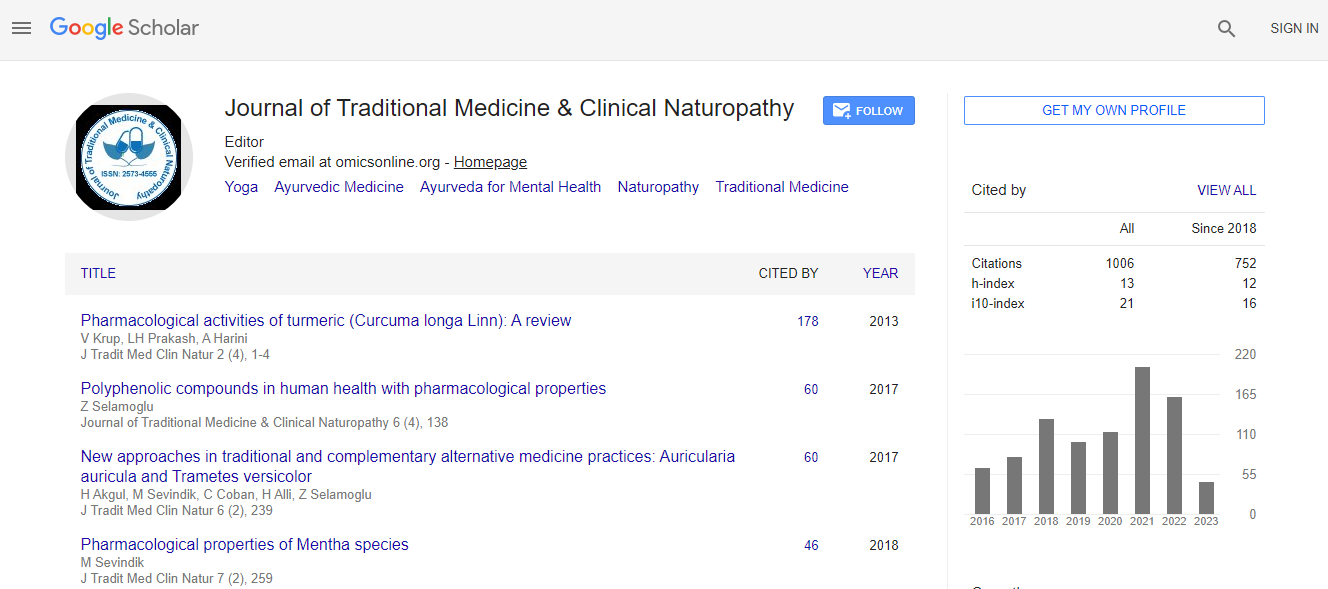Research Article
A Study on the Plants Used as Chopachini
| Perera BPR* | |
| Gampaha Wickramarachchi Ayurveda Institute, University of Kelaniya, Sri Lanka | |
| Corresponding Author : | Perera BPR Gampaha Wickramarachchi Ayurveda Institute University of Kelaniya, Sri Lanka Tel: +94 72 5322031 E-mail: bprperera@gmail.com |
| Received October 18, 2014; Accepted November 28, 2014; Published December 01, 2014 | |
| Citation: Perera BPR (2014) A Study on the Plants Used as Chopachini. J Homeop Ayurv Med 3:170. doi: 10.4172/2167-1206.1000170 | |
| Copyright: © 2014 Perera BPR. This is an open-access article distributed under the terms of the Creative Commons Attribution License, which permits unrestricted use, distribution, and reproduction in any medium, provided the original author and source are credited. | |
Abstract
Chopachini/Dvipantaravacha or China root is used in many alternative systems of medicine. The plant, first mentioned in Bhavaprakasha in 16th century has been attributed to variety of scientific names in literature. A study was conducted to find out the plants that have been used as Chopachini. The study resulted in several varieties of genus Smilax as well as Gynura paseudo-china of family . Smilax china is native to China and Japan and could be the reason the plant is called “Cheenaala” in Sinhala. Gynura pseudo-china is native to Indonesia, Thailand, and China. Both the plants are used in venereal diseases in the traditional systems of medicine in their native countries but have not been scientifically proven to be effective for treating syphilis. Therefore, it is unclear whether the plant mentioned in Bhavaprakasha is Smilax china or Gynura psuedo-china. However, considering the medicinal properties, Smilax china qualifies to be used as Chopachini/Dwipantaravacha.

